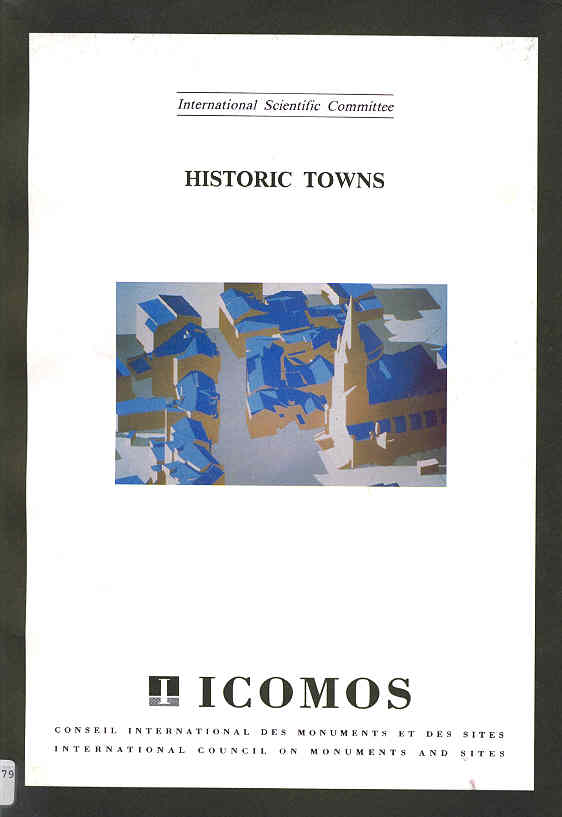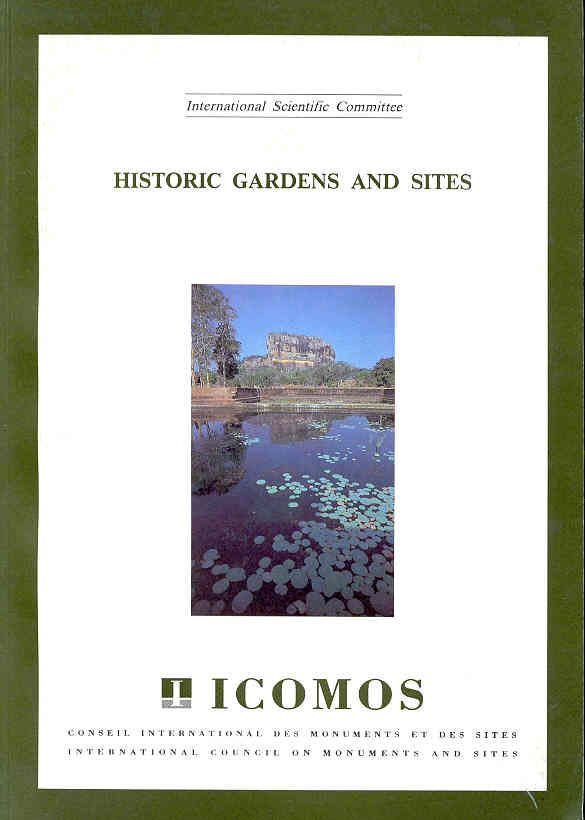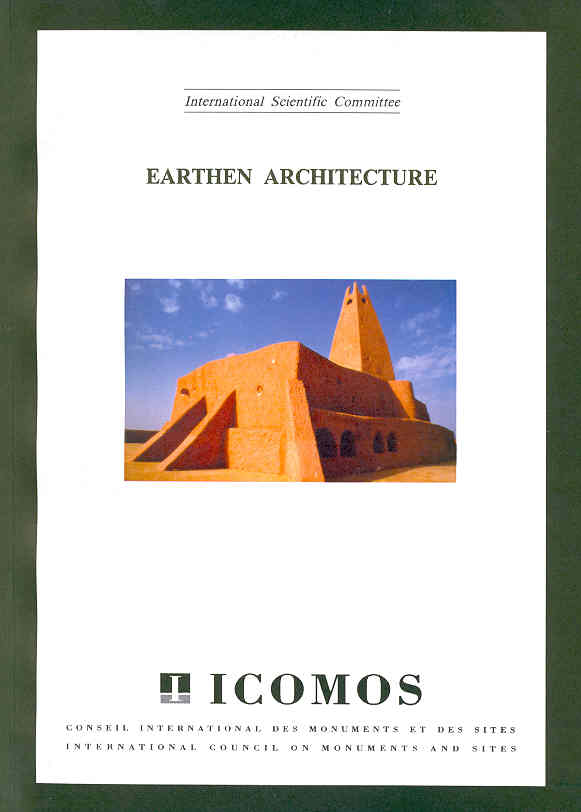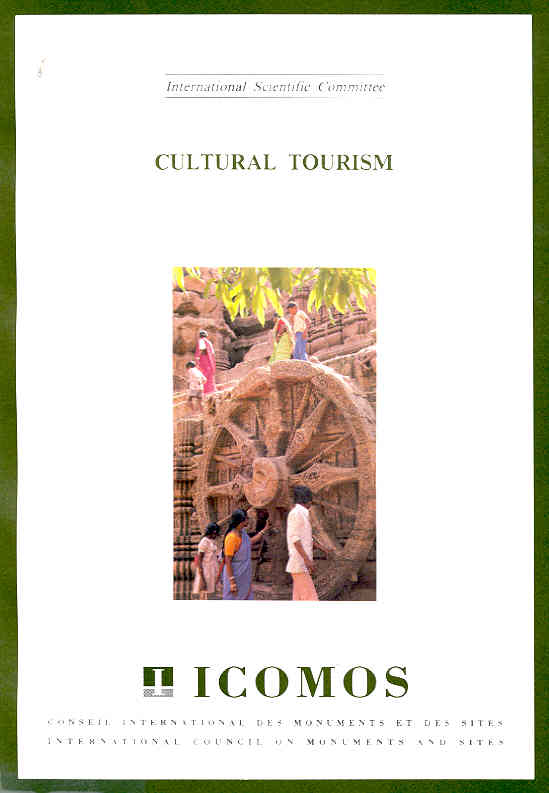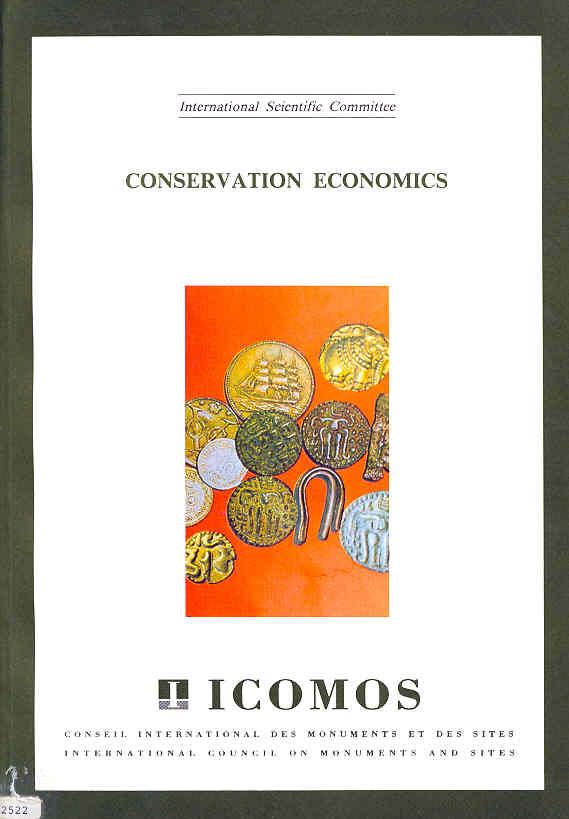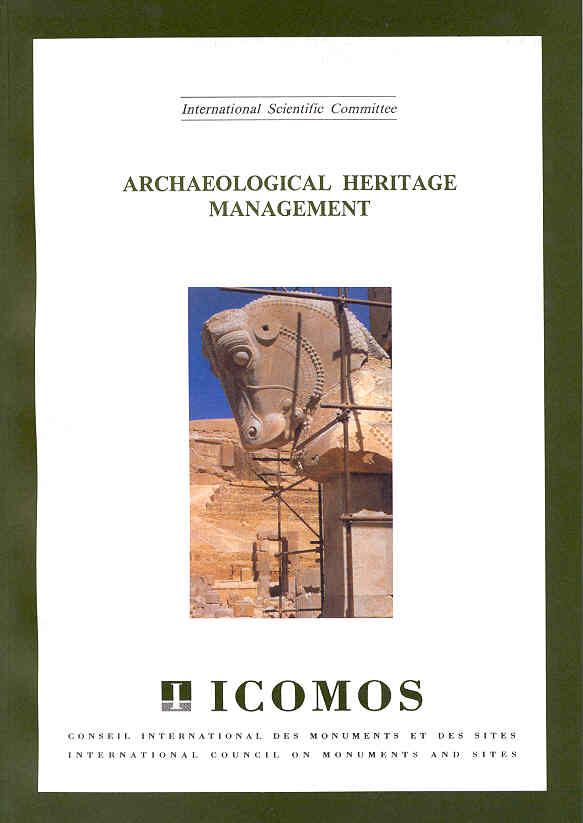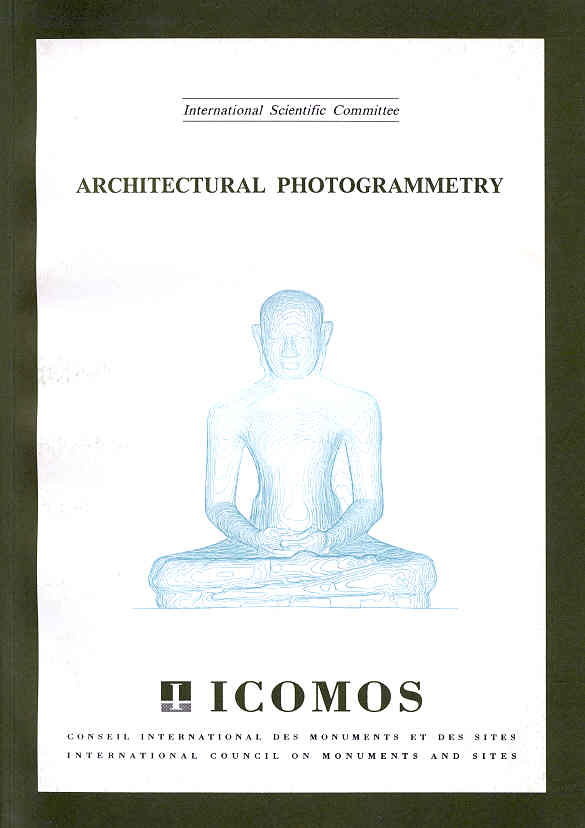
1993
189 pages
Out of stock / Epuisé / Agotado
Contents
Foreword
Preface
Message
ICOMOS International Comrnittee on Architectural Photogramrnetry
CIPA Members. Membres du CIPA
I. The Architectural Photogrammetry at ICOMOS.
La photogrammétrie architecturale à l'ICOMOS
1. 25 années de "photogrammétrie architecturale" à l'ICOMOS
II. Optimum Practice in Architectural Photogrammetry Surveys.
Optimisation des relevés photogrammétriques d'architecture
1. Advice and suggestions for the furtherance of optimum practice in architectural photogrammetry surveys.
III. Doctrine of Conservation and Photogrammetry.
Photogrammétrie et doctrine de la conservation
1. Les méthodes photogrammétriques de relevé architectural et la doctrine de la Charte de Venise.
The use of Photogrammetry for Architectural Surveys and the Doctrine laid in the Venise Charter.
2. Adéquation des Méthodes photogrammétriques à la doctrine de la Charte Internationale pour la sauvegarde des villes historiques.
3. Apport de la photogrammétrie à la sauvegarde et à la reconstruction des centres historiques endommagés par les séismes.
4. Archives photogrammétriques des monuments et des sites. Quelques recommandations du CIPA sur la gestion de ces archives.
IV. Photogrammetry and Architectural Representation Procedures.
Photogrammétrie et représentation de l'architecture
1. Photogrammétrie et théorie de la représentation en Architecture.
M Docci et R. Migliari
2. La representación de la Arquitectura a través de la Fotogrametría. Posibilidades y limitaciones.
A. Almagro
3. Expériences de relèvements photogrammétriques et de représentation de monuments architecturaux.
M Fondelli et L. Ippolito
V. Structural and Stability Analysis of Monuments by Photogrammetry
Rôle de la photogrammétrie dans les études de structure et de la stabilité des monuments
1. Apport de la métrologie photogrammétrique dans l'analyse géométrique et pathologique des structures anciennes.
M Carbonnell
VI. Contribution of the Uptodate Photogrammetric Methods
Apport des méthodes photogrammétriques modernes
1. Applications architecturales des méthodes numériques et des équipements photogrammétriques modernes.
E. Vozikis
2. Report of the CIPA-Working Group: On Control Information.
P. Waldhaeusl and J. Peipe
VII. Photogrammetric Applications to Old Urban Centres
Applications de la photogrammétrie aux centres urbains anciens
1. Photogrammetric Methods to Answer Problems in the Field of Maya
Research.
R. Kostka
2. Pour une nouvelle technologie photogrammétrique: les 4 dimensions
de l'architecture.
J.-P. Saint-Aubin
3. Développement des applications de la photogrammétrie aux centres historiques: du plan urbain aux images de synthèse.
M Carbonnell
CIPA Publications.Publications du CIPA
ICOMOS Recommendations on Architectural Photogrammetry
Résolutions de l'ICOMOS sur la photogrammétrie architecturale
Illustrations
The French version of the text is true to the original
La version française des articles quotés n'a été ni revue ni corrigée avant publication
Illustrations are from photocopies and photographs supplied by the authors
Les illustrations sont à partir de photocopies et photographies fournies par les auteurs

